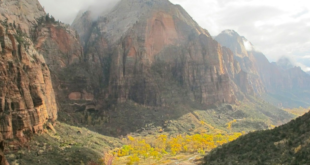In any map of northern Wales, a pinpoint between the slate-mining centre of Festinoig and the seaside town of Porthmadog marks the position of a village, which despite its location, is decidedly out of place. On the craggy shore of the Iberia Peninsula, overlooking a wide tidal estuary, I visited Portmeirion – an arcane and bizarre collection of buildings, garden and ornaments that are linked by their proximity to one another but curiously disconnected from anything to do with Wales. The village is a jumbled architectural mix of domes, archway, pavilions, gatways, belveders, fountains, towers, walls and follies in styles from all over Europe, connected by gardens and peppered with gargoyles, statues, frescoes and reliefs. This extraordinary place has all the etherial dislocation of a dream.
That is no surprise – Portmeirion is the result of the elaborate dreaming of the eccentric architect Sir Clough Williams-Ellis, who explained that his whimsy was aimed at winning popular support for architecture. I thought it was more like a monument to his working life. He died in 1978 at the age of 95. But the place has certainly gained notice, not only for its mélange of competing architectural styles, but for its role as ‘the village’ in the 1960s cult TV series, The Prisoner, and the delicately-painted, floral earthernware produced in the Portmeirion Pottery and recognised around the world.
I spent a whole day at Portmeirion, wandering around in a half-puzzled, half-admiring gaze.








Join the Discussion
Type out your comment here:
You must be logged in to post a comment.